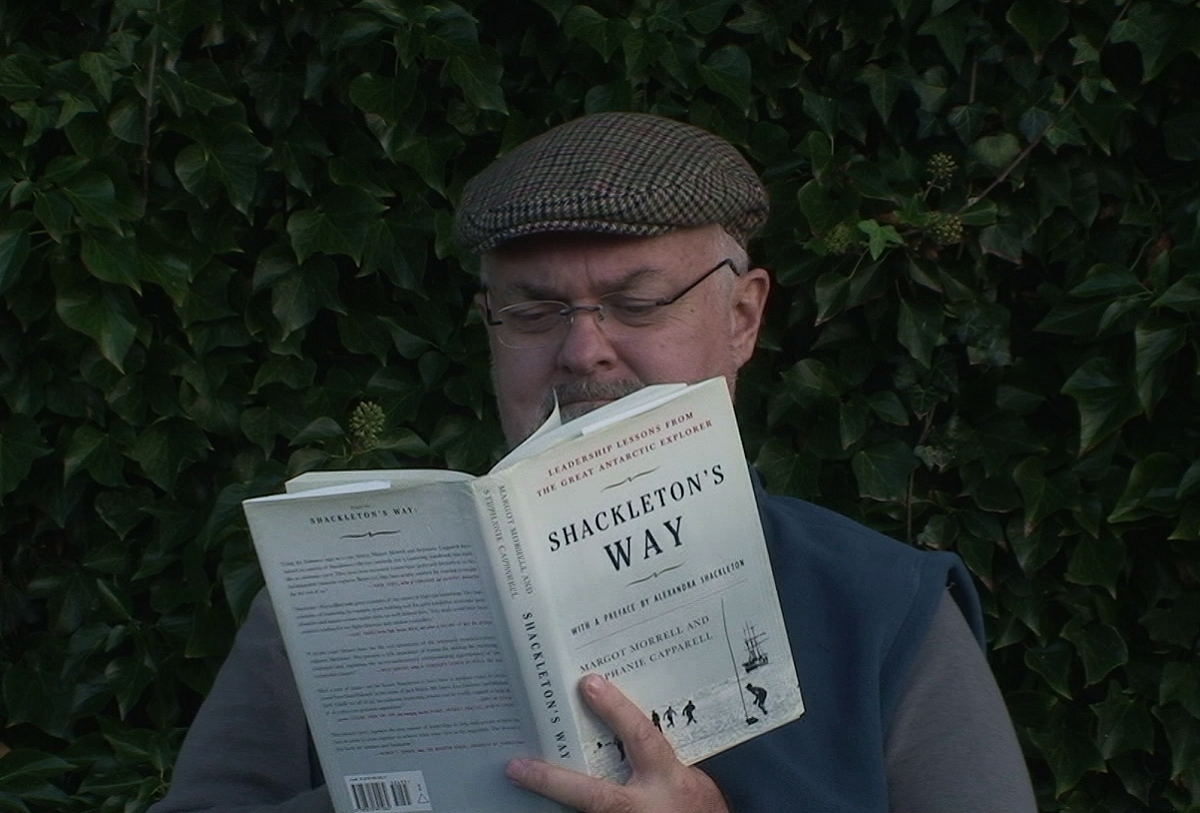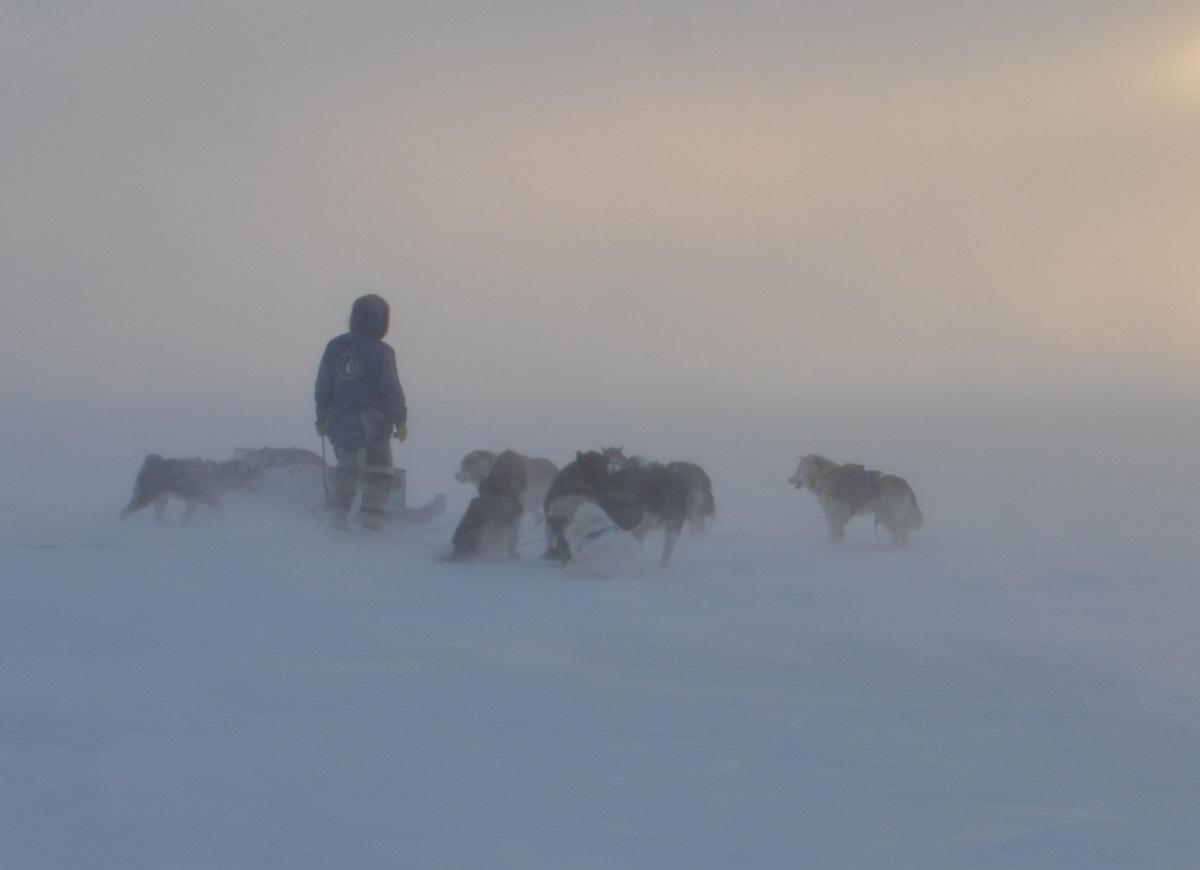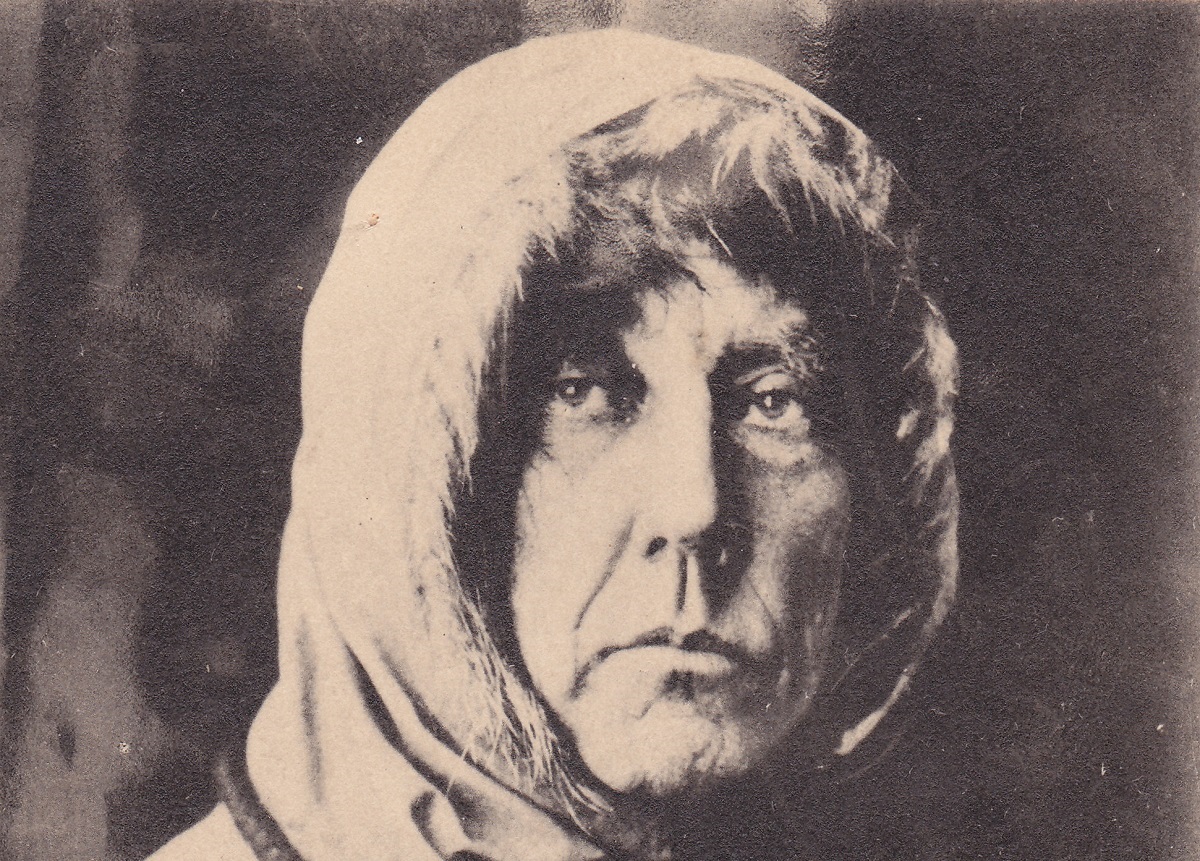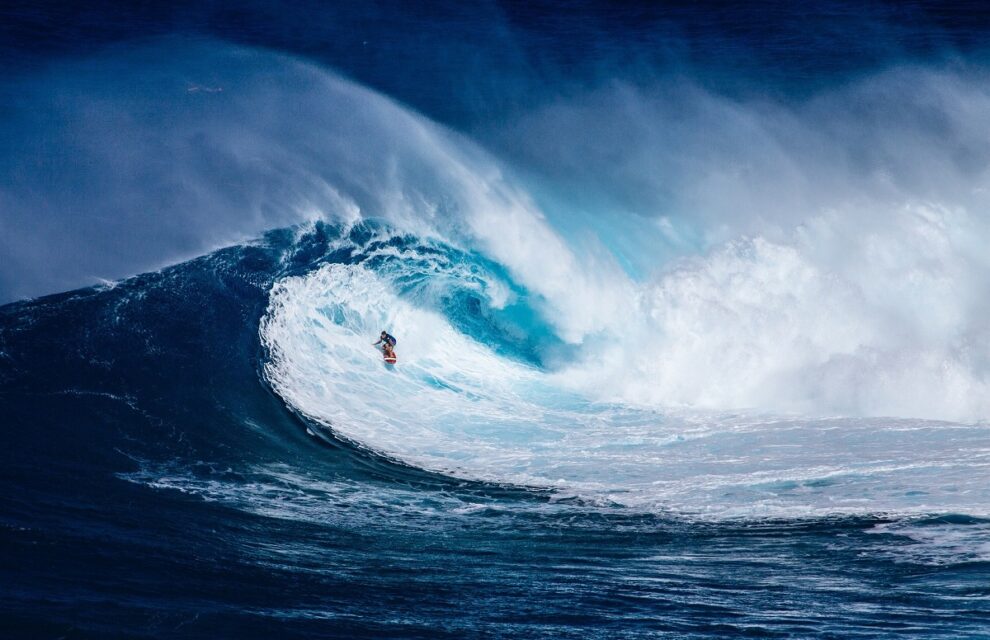I would like to come back to strategy and agility. An interesting metaphor for an agile leader guiding his or her business trajectory is being inside the wave, as in the featured image above.
A strategy is a plan intended to achieve a particular purpose: a strategic vision describes an achievable future state of an organization.
A strategy therefore points to the future: it is about what will come to be.
Organizational strategy never ends: if the business environment is a surging ocean wave rather than a linear progression from A to B, then strategy requires agility, thinking on one’s feet, renewing one’s approaches and the organization itself, adjusting tactics as one goes along, moving quickly and easily in the face of shifts, changes, restructuring of markets.
It is not enough to base your business plan on knowledge of relevant data.

You also need to develop strategy, which involves skilled and autonomous judgment: you need to think ahead, anticipate your opponent’s moves and the trend of play. But beware: the future can change suddenly, that is, your perception of future prospects may shift, based on competition, market or environmental pressures and real-world conditions.
Strategy without implementation is vain theory; strategy only has value when it is implemented.

Roald Amundsen grounded his expedition or business model in evidence, experience and the ability to anticipate future conditions, while setting focused and measurable objectives that could be adjusted along the way. He was also single-minded about his purpose, rather than developing an ambiguous business model that sought to reconcile too many conflicting objectives and perspectives.

In taking two years to learn from Inuit their tremendous polar knowledge, Amundsen showed where and how to develop an appropriate knowledge base; he placed the accent on learning, collegiality, co-design, community-building, participatory research, the process of exploration (the multitude of details to master); Amundsen learning from Inuit can be compared to CEOs learning from employees at the base who understand productivity, products and services, the market, clients – i.e., CEOs who do not remain behind closed doors in executive suites among people of the same social origin and education.
Finally, Amundsen adapted to the rigours of the Arctic and Antarctic environment. His priority was the physical and psychological health of his crew; he understood the science of nutrition; he worked with Nature, not against it; since he was well-prepared, he saw polar conditions as an opportunity rather than a threat; moreover, Amundsen was agile and innovative – he had a commercial mindset, and valued secrecy and competitiveness.


